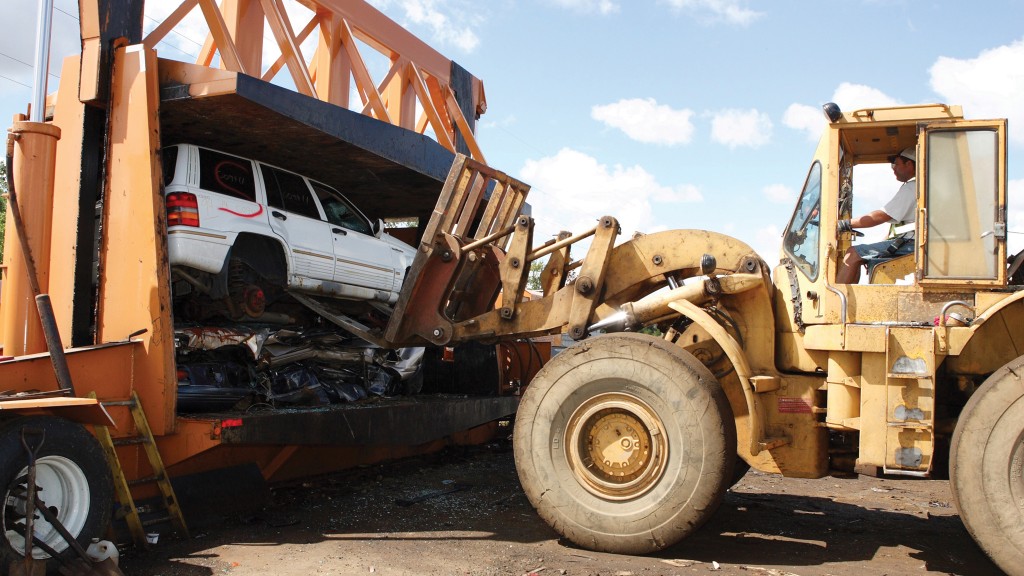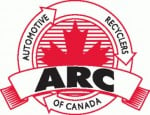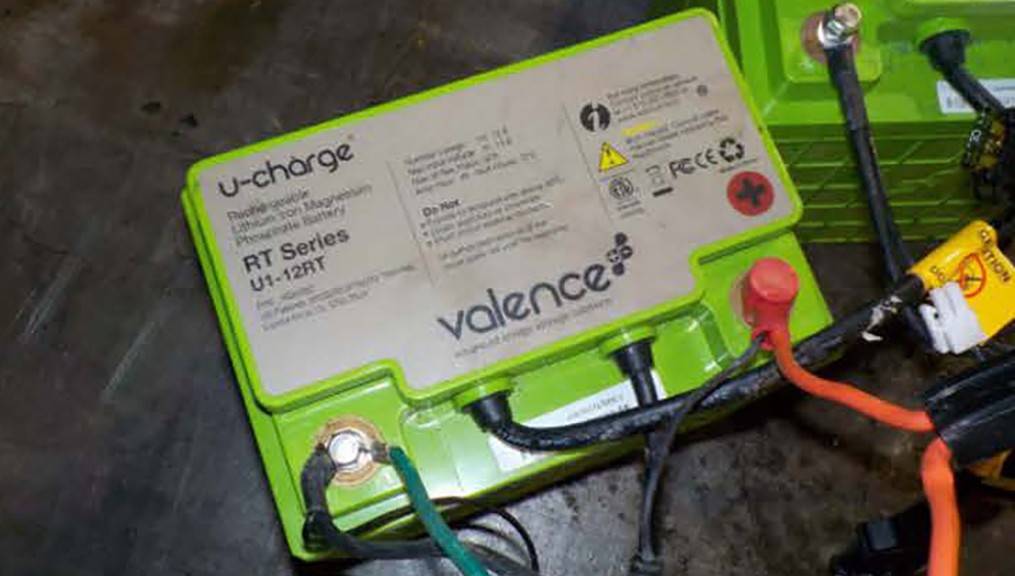Why the auto recycling industry needs to be at the table as we transition to an EV economy

The electrification of the auto fleet in Canada is well underway. The discussions, webinars, investments and regulations to get drivers into electric vehicles (EVs), get the charging infrastructure in place, mine critical metals, build batteries, and assemble vehicles in Canada, have all been at a fevered pitch.
But only now people are beginning to ask: what do all the EVs on the road mean for the end-of-life vehicle sector, including auto dismantlers, shredders and the scrap industry? The answer is complex.
The term "electric vehicle" encompasses many different types of vehicles, with the two big categories being "hybrids," powered by a mix of gasoline and batteries, and "plug-in," powered mainly by lithium-ion batteries.
Hybrids are considered a transitional vehicle - an easier way for the public to begin driving electric cars, but also a good introduction to the changes coming to the auto recycling sector. Hybrids still have a drivetrain and catalytic converters (expensive ones) and overall, material compounds are similar, including easy-to-recycle metals. However, these next-generation batteries are bigger, can be quite deadly for those dismantlers who don't know about them, and require different paths for recycling.
Full battery vehicles are the true game-changer. These EVs, compared to their ICE (internal combustion engine) counterparts, are heavier, with much of that weight contained in the battery and the vehicle structure needed to carry the battery.
Much of the weight in EVs is still metals - it's just different metals. If the auto fleet was all EV today, lithium demand from auto manufacturers would increase by over 2,800 percent, cobalt by almost 2,000 percent, and rare earth metals by about 655 percent. Additionally, demand for graphite, nickel, copper, manganese, and aluminum would increase. Conversely, demand for steel from auto manufacturers would decrease slightly, and PGMs (platinum-group-metals) would decrease by about 53 percent.
The rare earth magnets in EV motors are of special interest. Valuable and geopolitically important, rare earths are difficult to separate from other metals because of their intense magnetism. They are however an extremely valuable commodity that should be extracted from every EV before it is crushed and shredded.
The battery in an electric vehicle is a huge opportunity for existing and new players. They are also a huge challenge: heavy, dangerous, expensive and hard to recycle. This raises questions including: When do you recycle versus repurpose as secondary energy storage? Who pays for recycling when a battery is orphaned and costs upward of $1,000 to properly move and recycle?
Electrifying the fleet is a global trend that will have significant and positive impacts, including the reduction of GHGs overall when viewed through a full life cycle lens. But looking at the full life cycle means considering responsible management at end-of-life now.
This transition is upon us and it is critical to the health of the auto recycling industry that we participate in its development. Stakeholders throughout the supply chain need to know about proper end-of-life management, and our industry needs to supply that information and knowledge.
This article was originally published in the October 2021 edition of Recycling Product News,Volume 29, Number 7.



